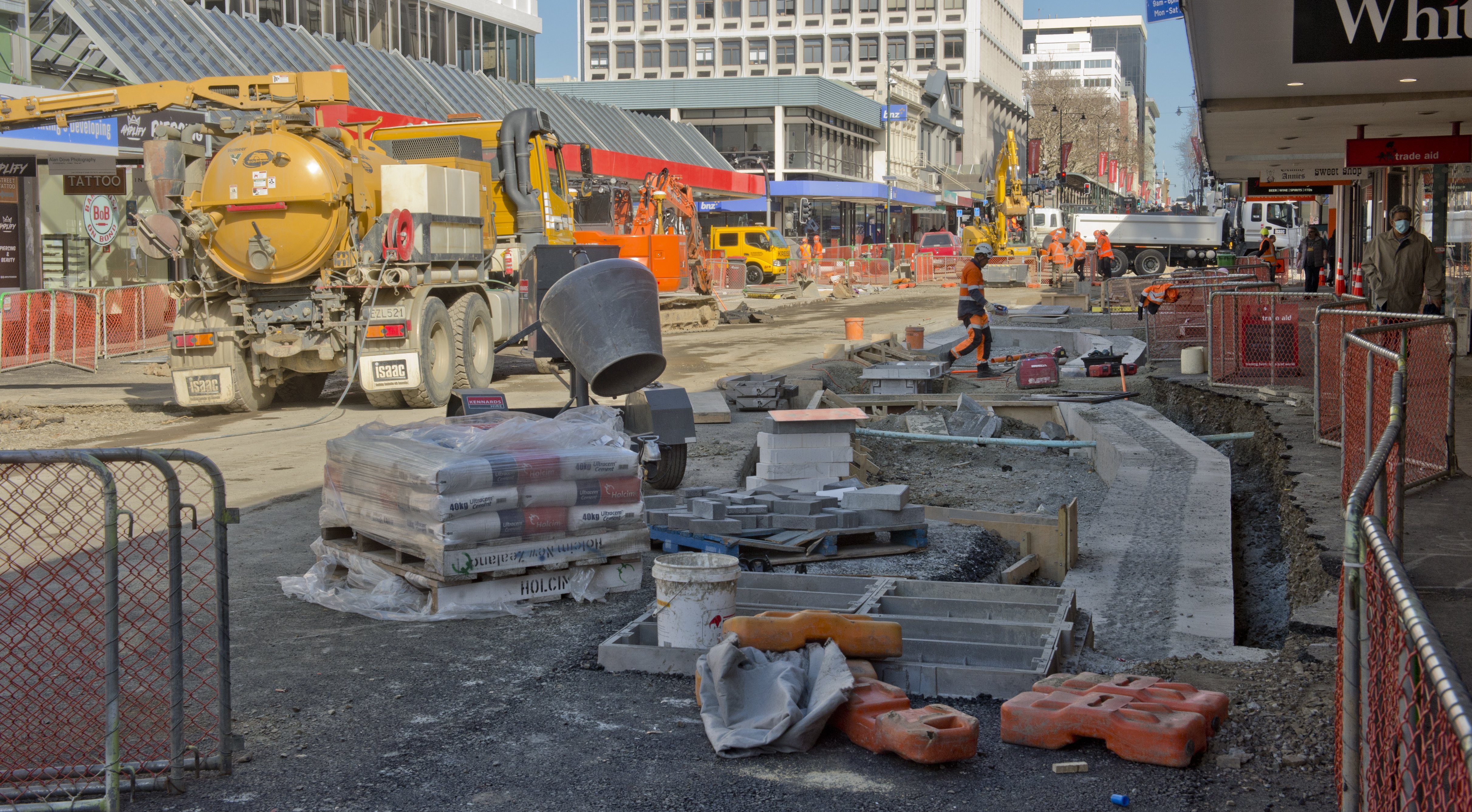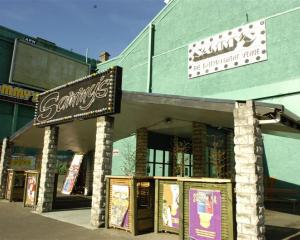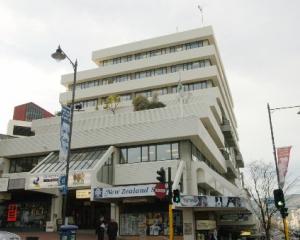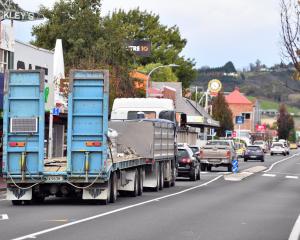
A popular refrain about the Dunedin City Council is that it does not listen.
The counterclaim is typically that decision-making inevitably pleases some people and disappoints others.

The territory of debate then focuses on who is mostly satisfied with the direction of the council and how many people believe the council is out of touch with what they want.
Right now, a makeover of Dunedin’s main shopping street, George St, is under way. The plan includes having traffic flow one way, slowly, in an area with a pedestrian focus. The development has been touted as bringing vibrancy to the city centre.
The project was opposed by thousands of people and it provided impetus for the formation of the Team Dunedin ticket led by Jules Radich, who wants to unseat incumbent mayor Aaron Hawkins.
Of the mayoral candidates who are part of the council this term, Mr Hawkins and Sophie Barker voted for a one-way George St. Crs Radich, Lee Vandervis and Carmen Houlahan voted against. The vote passed 9-5.
The divide could be framed as being between councillors who advocated for motorists or retailers, and those who wanted a pleasant environment for pedestrians and who were more mindful of groups such as people with disabilities.
The George St ship may or may not have sailed too far for a dramatic change of course to be feasible now, but the 9-5 vote is a useful indication of the ideological makeup of the present council.
Most elected members are mindful of some imperatives related to climate change, arguably including some councillors who were in the minority on the George St vote.
The present council has started investing heavily in replacing and fixing ageing infrastructure, such as water pipes. It would be a brave council that reversed this.
There are, however, emerging issues and issues that will have to be faced next term.
Construction of the new Dunedin Hospital is a central government project, but its impact has knock-on effects for Dunedin citizens and local government.
Will an adequate facility be built?
How should the transport network in the vicinity be adjusted?
The city council has not yet made a definitive call on whether it believes State Highway 1 through the central city should stay as a pair of one-way routes, or if two-way traffic should be introduced.
Waka Kotahi NZ Transport Agency is awaiting the council’s verdict before the agency makes the final decision.
Another transport matter requiring a decision is the future of Dunedin Railways and the Taieri Gorge line.
The operation has been in a sort of holding pattern since the Covid-19 pandemic and the best operating model will need to be determined next term.
A proposed waterfront bridge development has not been going far lately and councillors will need to determine at some point if, or when, it could be done.
The city council stalled this term in working out how best to foster performing arts. A plan for developing a mid-sized theatre has yet to take shape.
How can live music best be accommodated?
What should happen to the former Sammy’s venue?
There is plenty more for candidates and voters to think about.
Will the council remain firmly committed to building a library in South Dunedin?
How might the council’s relationship with mana whenua develop?
What will be the council’s mindset around its debt trajectory?
How might reform of Three Waters and resource management affect how the council should best approach its tasks?
What approaches should be taken concerning cycleways, public transport, housing and play spaces?
Should the city council assume oversight of bus services from the Otago Regional Council?
How might the dynamic coastline best be managed?
Development of the South Dunedin Future programme will be an issue to watch in the years ahead.
A lot of study has been done concerning South Dunedin’s low-lying suburbs, which are home to more than 10,000 people, but work is needed to firm up how the area might best adapt amid sea-level rise and when storms are expected to become more frequent.
At this stage, there is a plan to have a plan.
The council tackled some big issues this term and more loom for the next one.












